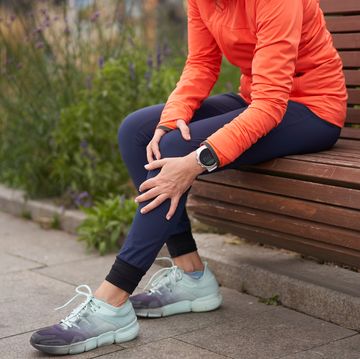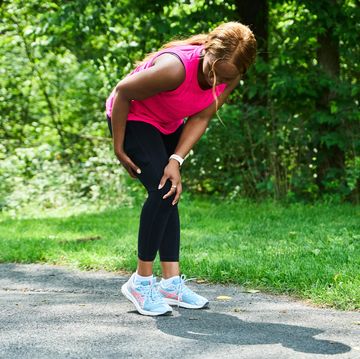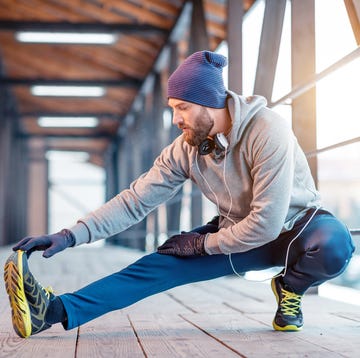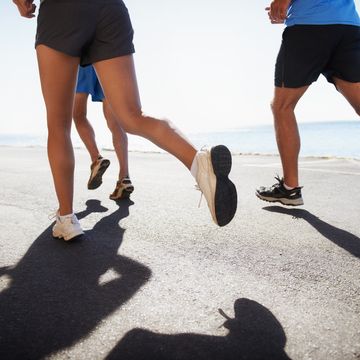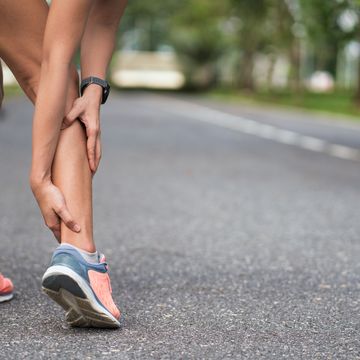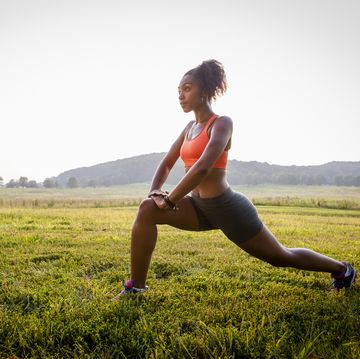Denise asks: I began running about eight months ago and am really enjoying it. However, when I tell my friends I'm running now, the conversation immediately turns to concern for my knees. I've had several people tell me that running will ruin them. Is this true?
Welcome to running and to one of the oldest fitness myths around. Fortunately, this myth has been dispelled by several very reliable studies, and the good news is that running has not been shown to ruin knees. In fact, quite the opposite appears to be true.
Most recently, Sweat Science columnist Alex Hutchinson wrote about a large study following thousands of patients and their risk of developing knee osteoarthritis as they aged. The results showed the runners—over various stages of life—were less likely to develop arthritis than nonrunners.
The journal Medicine & Science in Sports & Exercise also published the results of another large study conducted on the topic of knees and running. The conclusions were similar: not only did running not increase the risk of osteoarthritis in the knee joint, but this study revealed that runners had half the incidence of knee osteoarthritis when compared to walkers.
The high impact of running, that some believed was harmful, can actually make the knee joint stronger by thickening the cartilage. The impact also stimulates bone growth, making the joint stronger, and strengthens the muscles around the knee, the hamstrings, quadriceps, and gastrocnemius (calf muscle), which support the knee joint. All of this can take some of the pressure or weight off the joint itself, thereby reducing wear and tear.
Now, all that said, research indicates that genetics is the greatest predictor of knee osteoarthritis, so you should know your family history. Also, pre-existing knee issues, like old injuries or prior surgeries, could aggravate certain conditions. But, given a clean bill of health from your physician, running will not in and of itself wear out your knees.
There are some easy ways to promote good joint health and minimize injury risk. Number one on the list is wearing the appropriate running shoes. The correct shoes reduce wear and tear on joints by helping ensure each joint is properly loaded. Check your shoes often for signs of wear and tear and replace them as recommended (usually 300 to 500 miles).
Next, strengthen your legs to maintain proper muscle balance between opposing muscle groups, like the hamstrings and quadriceps. (This workout can be a great solution.) In addition, perform core exercises to strengthen your postural muscles. This improves running form, while also reducing the risk of improper load on the joints.
Another option is to have a gait analysis done to assess your biomechanics to prevent problems before they start. Information from this assessment can provide specific details on which muscles to strengthen, which muscles to stretch, which shoes to wear, and even if you need orthotics. Check with your physician or a sports medicine professional for referrals in your area.

Susan Paul has coached more than 2,000 runners and is an exercise physiologist and program director for the Orlando Track Shack Foundation. For more information, visit www.trackshack.com.



